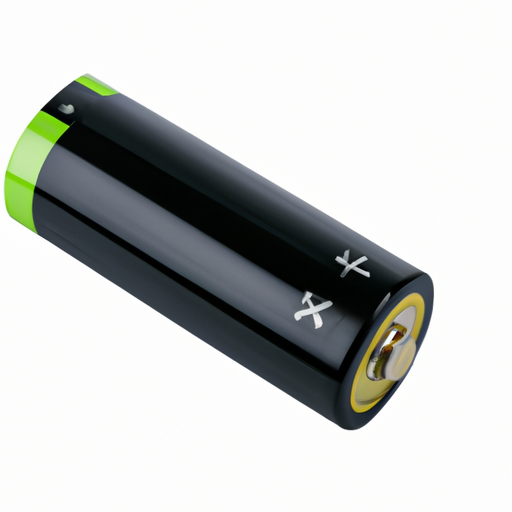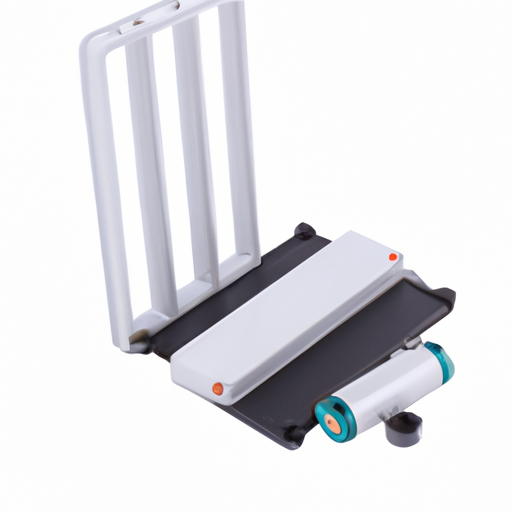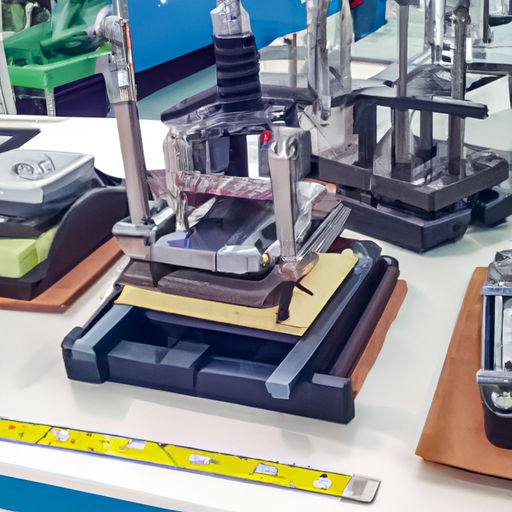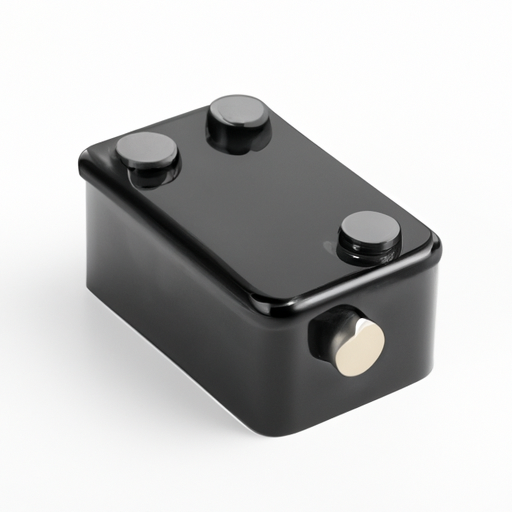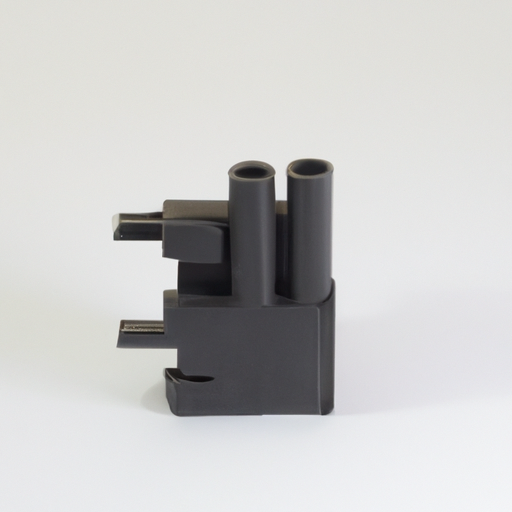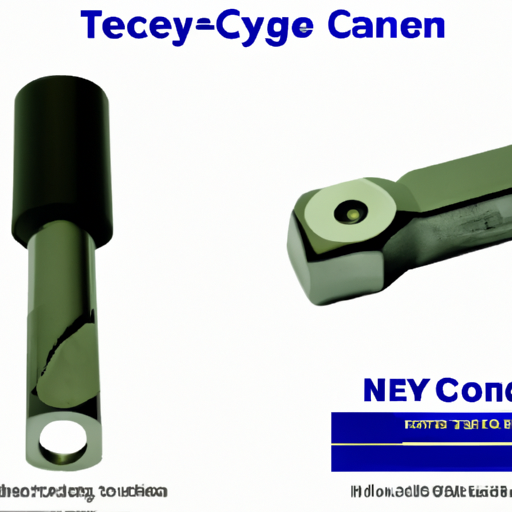Understanding BAT Battery Holders
Introduction
In the world of electronics, battery holders play a crucial role in ensuring that devices function reliably and efficiently. These components not only secure batteries in place but also facilitate the connection between the battery and the device's circuitry. Among the various types of battery holders available, BAT battery holders stand out due to their specific applications and features. This article aims to educate readers about BAT battery holders, exploring their significance, types, key features, applications, and future trends in battery holder technology.
1. What is a BAT Battery Holder?
A BAT battery holder is a specialized component designed to securely hold batteries in place while providing electrical connections to the device. The term "BAT" typically refers to a specific type of battery configuration, often associated with lithium-ion or lithium-polymer batteries. These holders are engineered to accommodate various battery sizes and shapes, ensuring a snug fit that prevents movement and potential damage.
BAT battery holders are commonly used with cylindrical batteries, such as 18650 cells, as well as prismatic and pouch-style batteries. Their design allows for easy installation and replacement, making them a popular choice in both consumer and industrial applications.
2. The Importance of Battery Holders
Battery holders serve several essential functions in electronic devices. First and foremost, they provide a secure and stable environment for batteries, preventing them from shifting or becoming dislodged during operation. This stability is crucial for maintaining consistent electrical connections, which directly impacts the performance and reliability of the device.
Additionally, battery holders enhance safety by minimizing the risk of short circuits and battery damage. They often incorporate features such as secure retention mechanisms and insulation to protect against accidental contact with conductive surfaces. Compared to other battery management solutions, such as soldered connections or adhesive mounts, battery holders offer greater convenience and ease of use, allowing for quick battery replacements without the need for specialized tools.
3. Types of BAT Battery Holders
BAT battery holders come in various configurations to accommodate different battery types and applications. The most common types include:
Single-cell Holders: Designed to hold one battery, these holders are ideal for compact devices where space is limited. They are often used in small electronics like remote controls and flashlights.
Multi-cell Holders: These holders can accommodate multiple batteries, either in series or parallel configurations. They are commonly found in larger devices, such as power tools and electric vehicles, where higher voltage or capacity is required.
Battery holders can also be categorized as fixed or removable. Fixed holders are permanently attached to the device, while removable holders allow for easy battery replacement. This flexibility is particularly beneficial in applications where batteries need to be changed frequently.
The materials used in BAT battery holders vary, with common options including plastic and metal. Plastic holders are lightweight and cost-effective, while metal holders offer enhanced durability and heat dissipation, making them suitable for high-performance applications.
4. Key Features of BAT Battery Holders
When selecting a BAT battery holder, several key features should be considered:
Design Considerations: The size and shape of the holder must be compatible with the specific battery type being used. Additionally, the holder should fit seamlessly within the device's design to ensure proper functionality.
Electrical Characteristics: Voltage ratings, current capacity, and contact resistance are critical factors that determine the performance of the battery holder. It's essential to choose a holder that can handle the required electrical specifications for the application.
Safety Features: Many BAT battery holders incorporate safety features such as short-circuit protection, thermal management systems, and secure battery retention mechanisms. These features help prevent accidents and extend the lifespan of both the battery and the device.
5. Applications of BAT Battery Holders
BAT battery holders are utilized in a wide range of applications across various industries:
Consumer Electronics: Commonly found in devices like remote controls, toys, and portable gadgets, BAT battery holders provide a reliable power source while allowing for easy battery replacement.
Industrial Applications: In industrial settings, BAT battery holders are used in sensors, monitoring devices, and other equipment that require a stable power supply. Their durability and reliability make them suitable for demanding environments.
Renewable Energy Systems: BAT battery holders play a vital role in renewable energy applications, such as solar power storage systems. They help manage battery packs that store energy generated from solar panels, ensuring efficient energy use.
6. How to Choose the Right BAT Battery Holder
Selecting the right BAT battery holder involves considering several factors:
Battery Type: Ensure that the holder is compatible with the specific battery type you intend to use. Different batteries have varying dimensions and electrical characteristics.
Application: Consider the intended use of the device. For example, a holder for a portable gadget may prioritize compactness, while a holder for an industrial application may require enhanced durability.
Size and Compatibility: The holder should fit within the device's design without compromising functionality. It's essential to check the dimensions and mounting options to ensure a proper fit.
When sourcing BAT battery holders, prioritize quality and reliability. Look for reputable manufacturers and suppliers that provide detailed specifications and safety certifications.
7. Installation and Maintenance of BAT Battery Holders
Installing a BAT battery holder is a straightforward process, but it requires attention to detail to ensure proper functionality. Here’s a step-by-step guide:
1. **Gather Tools**: You may need a screwdriver, soldering iron (if applicable), and any mounting hardware.
2. **Prepare the Device**: Ensure that the device is powered off and disconnected from any power source.
3. **Mount the Holder**: Position the battery holder in the designated area within the device. Secure it using screws or adhesive, depending on the design.
4. **Connect the Wiring**: If the holder requires soldering, carefully connect the wires to the appropriate terminals, ensuring correct polarity.
5. **Insert the Battery**: Once the holder is securely installed, insert the battery, ensuring it fits snugly and makes proper contact with the terminals.
6. **Test the Device**: Power on the device to ensure that it functions correctly with the newly installed battery holder.
To maintain BAT battery holders, regularly check for signs of wear or damage. Clean the contacts to prevent corrosion and ensure a good electrical connection. If you encounter issues, such as intermittent power or device malfunction, troubleshoot by checking the battery connection and inspecting the holder for damage.
8. Future Trends in Battery Holder Technology
As battery technology continues to evolve, so too will the design and functionality of battery holders. Innovations in materials, such as lightweight composites and advanced plastics, are expected to enhance durability and performance. Additionally, advancements in battery technology, including higher energy densities and faster charging capabilities, will influence the design of battery holders to accommodate new battery formats.
The growing demand for renewable energy solutions will also drive the development of specialized battery holders for energy storage systems. As electric vehicles and portable energy solutions gain popularity, the need for efficient and reliable battery management systems will become increasingly important.
Conclusion
BAT battery holders are essential components in modern electronics, providing stability, safety, and convenience for battery management. Understanding their features, types, and applications can help consumers and manufacturers make informed decisions when selecting battery holders for their devices. As technology continues to advance, the significance of quality battery holders will only grow, making it crucial for individuals and businesses to prioritize these components in their projects. Embracing the evolving landscape of battery technology will ensure that we harness the full potential of our electronic devices while maintaining safety and reliability.
References
- [Battery University](https://batteryuniversity.com)
- [Electronics Tutorials](https://www.electronicstutorials.com)
- [Battery Holders and Connectors](https://www.batteryholders.com)
- [Renewable Energy World](https://www.renewableenergyworld.com)
This comprehensive guide aims to provide a thorough understanding of BAT battery holders, their importance, and their applications in various fields. Whether you are a hobbyist, an engineer, or simply curious about battery technology, this article serves as a valuable resource for navigating the world of battery holders.

